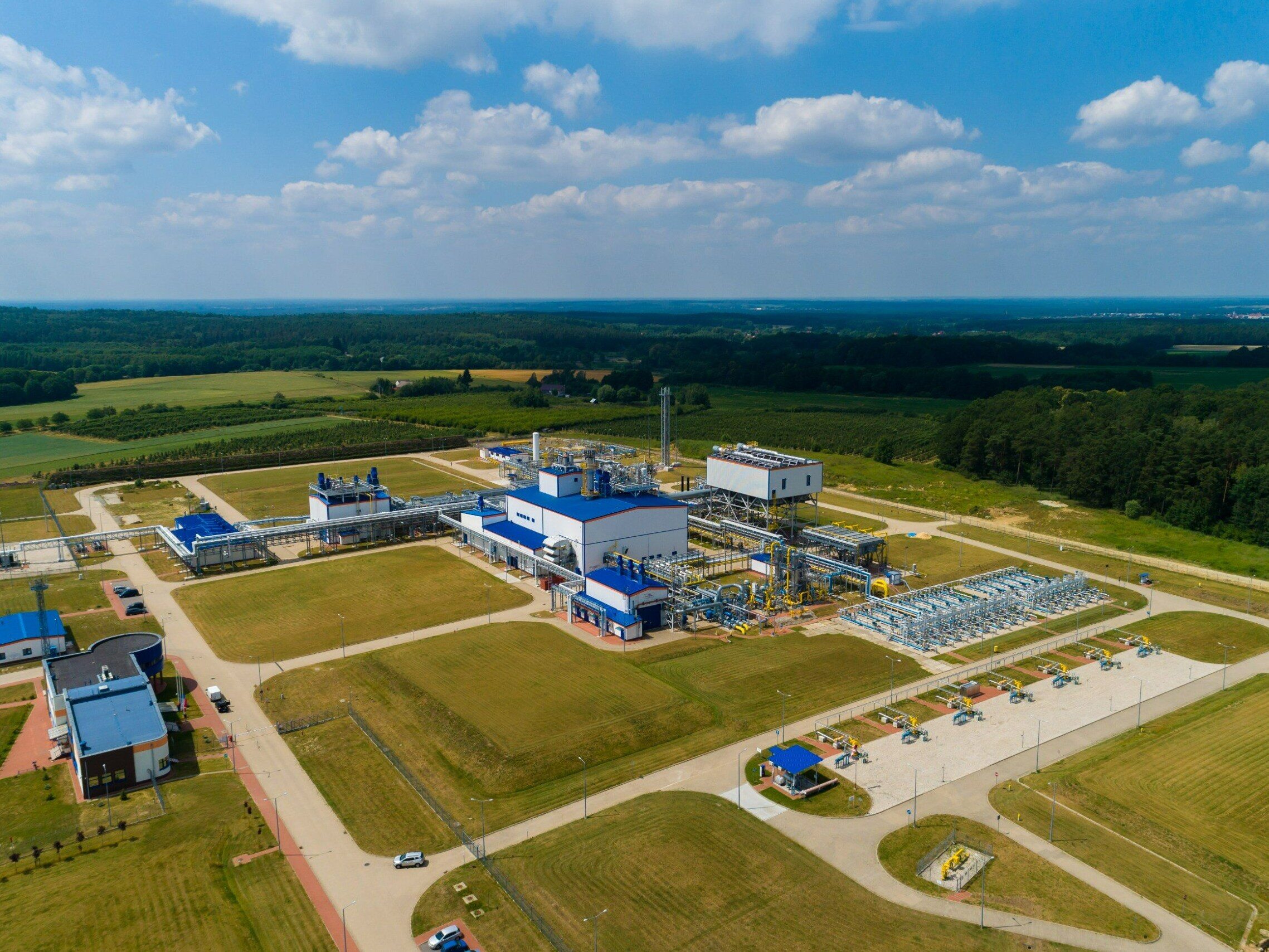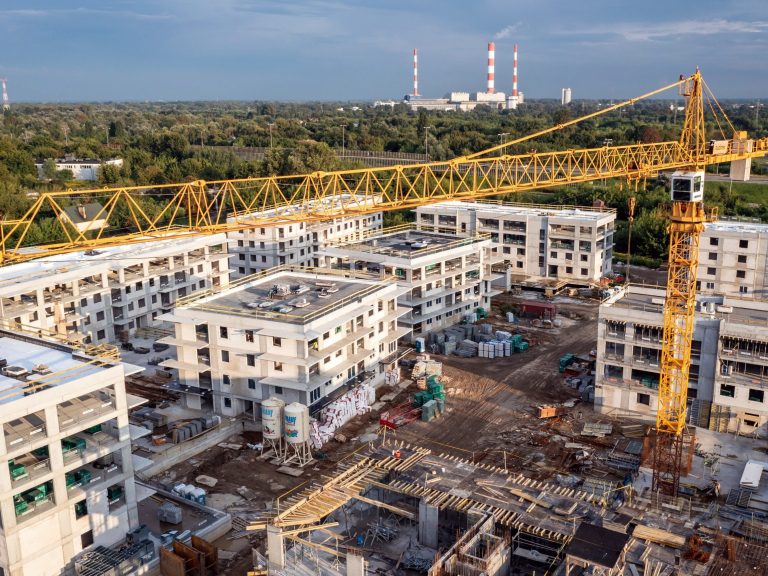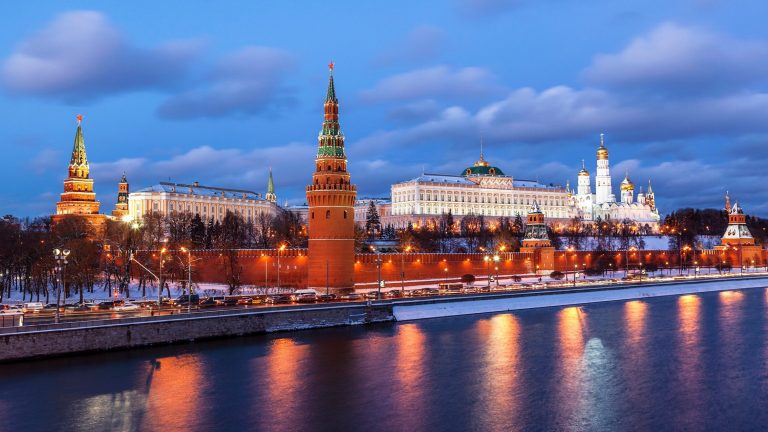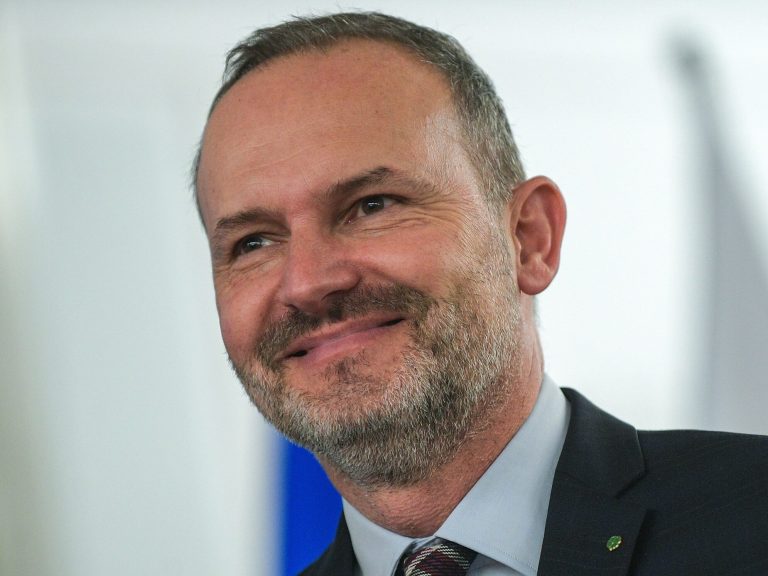Forecasts and prospects in the economy

Poland’s GDP in 2024 may amount to 2.5% and the growth rate to 0.6%. Inflation at the end of next year is expected to be 5%. After three years marked by the pandemic, war and high prices, there is a chance for relative peace that will benefit consumers and companies. The largest Polish corporations continue to implement zero-emission strategies, because switching to green energy is the most important challenge they face.
Commodity prices have stabilized worldwide and the situation in Ukraine also seems relatively stable, although there is no indication that the conflict will end in the coming quarters. Poland finally received the first payment from the National Reconstruction Plan. All this allows us to assume that the Polish economy will have a good, calm year ahead, which will benefit consumers, and companies, regardless of the industry and turnover, will take a breather after three difficult years marked by the pandemic, a war in our neighbor’s country and high prices. A certain amount of uncertainty is associated with the new government, which will strive to change certain arrangements made by its predecessors.
What can we expect in 2024? The Fitch agency expects dynamics of Poland’s GDP at the level of 2.5 percent in 2024 and 3.2 percent in 2025 — according to the latest report.
In the latest report, the American agency adjusted the growth rate from 0.4 to 0.6 percent. Inflation at the end of next year is expected to be 5%. “The Polish economy remained weak in the first half of 2023, but will be back on the growth path in Q3 and will grow by 0.4%. in 2023 (…) Net exports have a positive impact on growth due to a significant decline in imports and a smaller decline in exports than in our spring forecasts. Economic activity is also supported by dynamic investments, with the continued high profitability of companies and the culmination of the inflow of EU funds in the last year of the perspective,” the European Commission wrote in the forecast.
Orlen wants to be emission neutral by 2050
The largest Polish enterprises look to the future with hope, but are also preparing for the not always easy scenarios that legislation and changing customer expectations will require of them. The challenge is to move away from energy-intensive technologies to those with the least emission. This is part of the strategy of moving away from coal, which, according to the so-called The social contract with miners is to take place in Poland by 2049, but an earlier phasing out of all coal-based mines and power plants is possible. On the other hand, companies dealing with various aspects of the energy sector are diversifying their supply sources to accelerate Poland’s independence from raw materials from Russia. Investing in green energy is unquestionable.
At the end of December, Orlen published its Sustainable Development Strategy for 2024-2030. The document defines the ways in which the company wants to reduce its impact on the climate, improve working conditions and strengthen cooperation with local communities.
– Sustainable development pays off. That’s why we want to be its leader in the region. The adoption and implementation of a new, comprehensive strategy in this area is another confirmation for our investors that we are a reliable and solid partner, and for us an opportunity for further development. We consistently pursue our intended goals, ensuring energy security in Central Europe, and at the same time taking care of the natural environment, good relations with the environment and safe working conditions for all employees, assured Daniel Obajtek, president of the management board of Orlen.
The company assures that the strategy responds to the most important contemporary market and regulatory challenges, which are related primarily to climate change, biodiversity protection, social relations and the geopolitical and economic situation.
The Orlen Group was the first energy company in Central Europe to declare its ambition to achieve emission neutrality by 2050. By 2030 it will reduce by 25%. (compared to the 2019 level) emissions in the refinery, petrochemical and mining segments. Additionally, it will reduce the intensity of CO emissions2 by 40 percent in the area of energy.
Increasing gas production is a necessity
ORLEN’s capital expenditure related to the development of its own oil and gas production amounted to PLN 4 billion after the third quarter of this year. That’s as much as 25 percent. The companies that currently form the multi-energy concern spent more on this purpose than in the corresponding period of 2022. The group announces that it will not slow down and will continue activities that increase Poland’s energy security.
The ORLEN Group’s investments in the upstream sector (exploration and production) focused on the Polish and Norwegian markets, which are of key importance from the point of view of gas supply to domestic customers.
During the first three quarters, the company’s expenses on exploration and production of oil and gas in Poland amounted to approximately PLN 1.4 billion, and in Norway – approximately PLN 2.3 billion.
In Poland, last year Orlen invested in the development of the Różańsko, Borowo, Szczepowice, Granówko, Chwalęcin, Grodzewo, Rokietnica and Miłosław deposits. Gas exploration in the Lublin region was successful – 500 million m3 was discovered in the Jastrzębiec deposit near Biłgoraj3 additional resources of this raw material in the deposit.
In November this year, PGNiG Upstream Norway (PUN) signed an agreement to purchase all shares in KUFPEC Norway, which is, among others, owner of five deposits already producing. The completion of the transaction will enable PUN to increase gas production by over one billion cubic meters per year. Thanks to this, next year the production of natural gas by the Orlen Group on the Norwegian Continental Shelf will exceed 4 billion m3.
These and other activities will be continued in 2024 to increase the resources of cheap and reliable gas.
KGHM expects production to increase
KGHM expects a good year. The Group expects an increase in copper production in 2024 in domestic assets and in KGHM International. What are the goals of copper production from own concentrate at KGHM Polska Miedź in the next four quarters?
– We operate in accordance with the strategy. We’re in the budgeting phase, so it’s too early to say. As for the entire production in domestic assets, in accordance with the strategy, we do not expect production to be lower for next year, but let’s wait for the approval of the budgets, said Marek Świder, vice-president of KGHM for production, at a November press conference.
The group has high expectations for the Robinson mine in White Pine County, Nevada. It includes 3 large workings. A few weeks ago it was reported that the right ore had been dug, which gives grounds to assume that the production volume will be higher than previously expected. According to Mirosław Kidoń, vice president for foreign assets, the improvement in volumes achieved in this way will last two to three quarters.
PKO BP: uncertain future of government subsidies for loans
PKO BP continues its foreign expansion and plans to open a representative office in Hungary in 2024, and wants to start operating in the form of a corporate branch in Romania. Currently, the largest Polish bank provides cross-border services on this second market. Let us recall that foreign corporate branches of PKO Bank Polski currently operate in Germany, the Czech Republic and Slovakia.
The bank will be halfway through the implementation of its strategy for 2023-25. It is based on seven strategic pillars and also assumes a much stronger involvement of PKO Bank Polski in the implementation of ESG goals.
By 2025, PKO Bank Polski intends to achieve an ROE above 12% and a C/I ratio below 45%. The largest Polish bank wants to build its position as a trusted partner: it has set itself an ambitious goal to be among the top three institutions with the highest NPS (customer loyalty index) among Polish banks for each customer group.
PKO BP is the largest operator of the “Safe Credit 2%” program. It started accepting applications at the beginning of July 2023 and accepted 38,000 in the first four months of the program. conclusions. The future of the government subsidy program is unknown: the funds allocated for 2023 were used much faster than expected, and already halfway through its validity, the pool for the next year was launched. The new Minister of Development assured that he was in favor of continuing the program initiated by his predecessors, but did not rule out some changes to its principles.
From the banks’ point of view, the continued existence of the program is beneficial because it will help maintain lending at a high level. Before the launch of the program, the real estate market and the related mortgage market were in crisis: high interest rates caused customers to postpone the decision to buy an apartment on credit. Cash transactions dominated the market, and due to the inability to plan sales, developers abandoned their intended investments. The shortness of breath in the housing market affected other industries and also constituted a huge obstacle for people wanting to buy a flat. In this situation, top-down actions were needed to stimulate the market.






